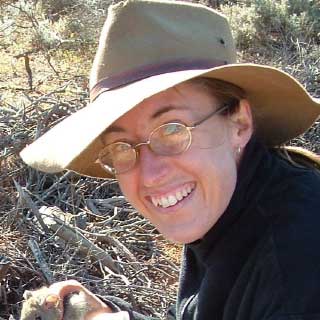Activity 7:
How can we address the crisis?
Summary
Description
In the final activity, students return to the essential question of the unit: how should we respond to this environmental crisis? Given what they now know about AR and about this ecosystem, they explore two competing visions that have emerged from AR. The first is a series of fenced reserves with one-way gates that serve as refuges for native mammals. In this scenario, native species thrive in the fenced areas but can leave to populate non-fenced areas. The second is managing rabbit and fox numbers partly by reintroducing dingoes to large parts of the arid zone. This takes students to the heart of a contemporary debate in conservation and one that is ongoing not just in Australia but all over the world.
There are many options for how students could present their response to this question and may ways that it can be differentiated. It could be used as more of a summary activity where students review what they have learnt and discuss the options for future conservation as a class. To extend science skills – in particular literacy in science and supporting an argument with evidence – students could present an argument for either one of the conservation options, using the data we have been interpreting as evidence to support their argument.
VCE Biology (2016-2020)
Unit 1, Area of Study 2, Outcome 2, VCE Biology Study Design
VCE Key knowledge
Relationships between organisms within an ecosystem
- The distribution, density and size of a population of a particular species within an ecosystem and the impacts of factors including available resources, predation, competition, disease, chance environmental events, births, deaths and migration
Key science skills
- Draw conclusions consistent with evidence and relevant to the question under investigation
- Discuss the implications of research findings and proposals
Student learning outcomes
On completion of this module, students will:
- Describe how ecologists work towards the conservation of species and ecosystems
- Describe how ecologists conduct a wide range of experiments to learn about the ecosystem
Duration

Learning activities
Step 1: extract information
Students fill out a table with both systems (dingo support and fenced reserves) and how they impact each trophic level. This will help students to go back through their notes and pull key information and evidence on which to base their argument.
Step 2: present findings
There are many options for presenting findings, which could include: A) class discussion guided by teacher; b) students write a persuasive essay backing up their argument with evidence; c) students write a newspaper article presenting both sides of the debate; d) group presentation using PowerPoint or posters detailing and summarising the science that has been explored.
 Contemporary VCE Biology
Contemporary VCE Biology

